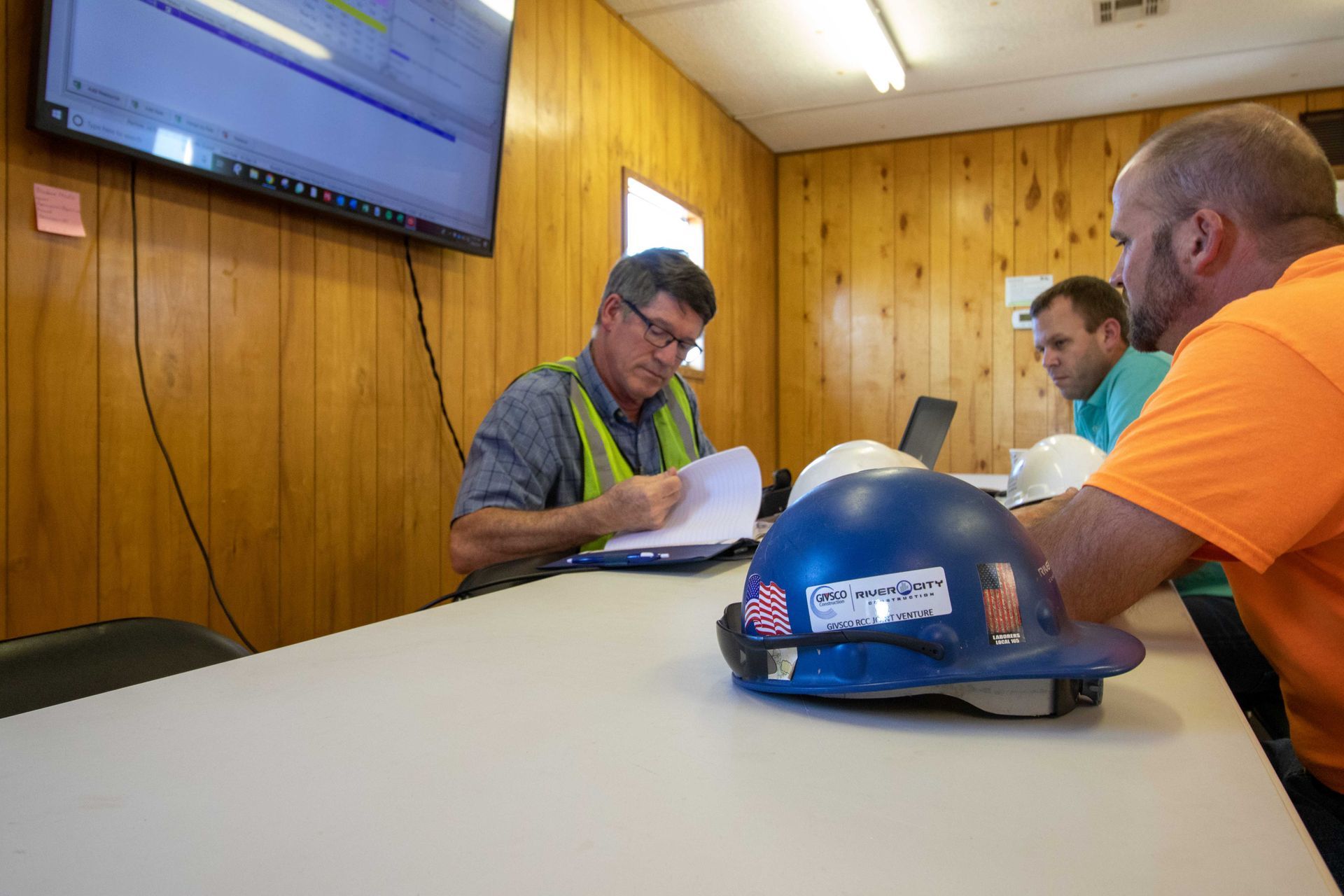How to Use Construction Scheduling Technology to Stay On Track
Think about these stats: Construction industry spending totaled nearly $1.3 trillion in 2018, with a workforce of over 11 million people and accounting for about 7% of the country’s GDP. Now more than ever, it’s crucial for construction companies and contractors to keep projects running smoothly, revenue flowing in, and reputations intact. Despite being one of the largest industries in the US, 35% of construction employees report being hesitant to try new technology.
There are a growing number of tools to help with scheduling construction projects, and that hesitancy to implement new tech tools could slow down timelines. The truth of the matter is that tech has never been easier to integrate with current workflows, and there are teams of experts that can help train employees on how to use the tools efficiently. Additionally, these tools help construction teams adapt to a “new normal” — the standards and guidelines that help everyone stay safe and healthy, and ensure that jobs are being completed on time.
Tech Tools Offer Remote Flexibility
Pre-pandemic scheduling software like Primavera was used on the job-site and off. It’s a great tool to help every team member to collaborate and communicate scheduling needs from anywhere, and that has continued now in the age of social distancing. It’s also a great way to manage how many workers are on the job site at one time while still keeping the work continuing efficiently.
In addition to scheduling tech, construction companies can use digital images and videos from the workers that are on-site to update stakeholders on progress. This can offer some insight into whether schedules need to shift, speed up, or change altogether. Work can continue nearly seamlessly without delay or downtime.

Tech Tools Can Mitigate Risk
The pandemic has caused many industries to come to a screeching halt, and although the construction industry is picking up steam again, it planted a seed in construction company owners’ minds that risk must be mitigated at all times. Scheduling software offers everyone involved in the project an at-a-glance update of progress in real-time. Delays can be better predicted, and cost risks eliminated.
Tech can also alert project managers to other risks that may arise — like possible exposure to illness. Even before test results come back, scheduling software can quickly and easily account for labor shortages or shift changes due to quarantine and liability risk is further reduced.
Tech Tools Can Help With On-Demand Rescheduling
Project managers who run into snags with vendors can tap into scheduling software from a distance, allowing for the rescheduling or reallocation of labor workforces to meet changing needs. For example, workers can be on-site to meet delayed materials shipment with a few simple changes to the existing schedule.
Additionally, scheduling tech can allow for the right team members to be on-site for crucial inspections that keep work moving forward while still obeying social distancing guidelines. Many of these inspections need to be performed in person and are necessary for things to move forward.

Tech Tools Offer Clear Forecasting
With fewer people on-site, greater risks, and stricter guidelines, project manners must have somewhat of a crystal ball — and scheduling software can offer just that. Knowing what’s going to happen before it happens helps PMs adjust their critical path method strategy to account for delays and find alternatives to keep work on schedule.
If the project grows in scope or needs to be scaled down, scheduling software technology can make that happen in a snap. Methods can be as complex or uncomplicated as PMs need them to be, and tech tools allow for the seamless shift between large scale and small scale (and back again) with ease.
As the pandemic continues to impact the world, and the construction industry, it’s up to construction company owners to tap into tech to keep their work on track. If you’re ready to implement a digital transformation within your organization, start with software scheduling tools. Your doors need to stay open, which means your projects need to stay on track.
Depending on your needs, our team at TD Wilson can help your construction company take a proactive approach to deal with whatever the pandemic will throw your way. From Primavera software training to taking over the scheduling altogether, we’ll work closely with your team to create a custom solution;
let’s have a conversation about how to make that happen.







